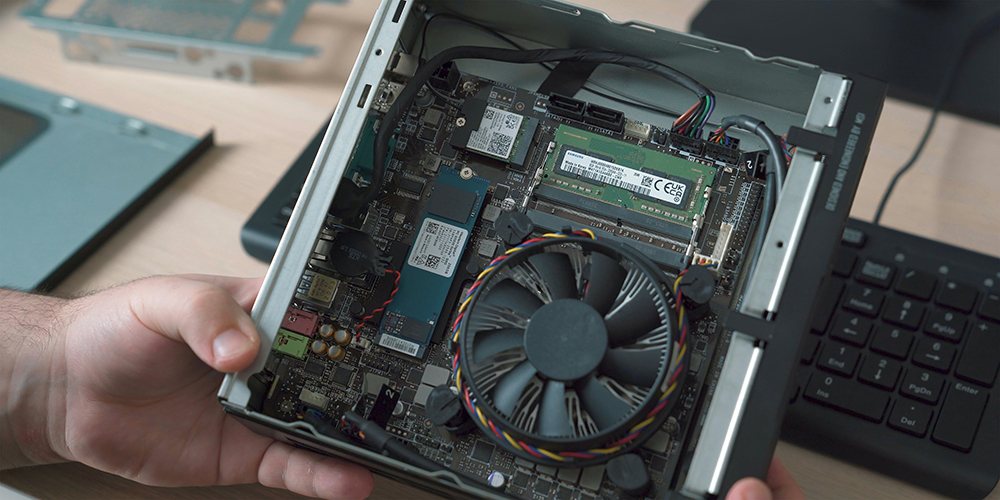Jack Shaw, EPSNews.com, July 24, 2024
Adapting the electronics manufacturing industry to global sustainable movements requires significant innovation. While the benefits of a circular economy help the planet and impress eco-friendly consumers, brands face some challenges when making green changes. These are some of the most significant barriers electronic components manufacturers face while implementing circular economy principles and their potential solutions.
Plan for product sustainably
Planned obsolescence is common in numerous industries. Companies stand to make more when consumers have to replace their products frequently, but it’s one of the issues making circular economy principles more critical for tech manufacturers.
Global e-waste doubled to 62 million metric tons between 2010 and 2022. People upgraded their personal and business technologies for new models, leaving older components in landfills. A circular economy would reduce the amount of e-waste in worldwide landfills by making electronic parts last longer.
Manufacturing facilities could collect components previously purchased from partners and melt them into materials for new products. Upcycling them by using the parts that still operate efficiently would also keep them out of landfills.
Optimization is another foundational approach to sustainable electronics manufacturing. Highly efficient production processes generate better products, which is part of making components last longer. When each component works at peak efficiency with optimized manufacturing behind its structure, consumers will get more long-term use from each part.
To access the full article, click here.
Learn more about Onepak is empowering the circular economy through sustainable IT returns.







